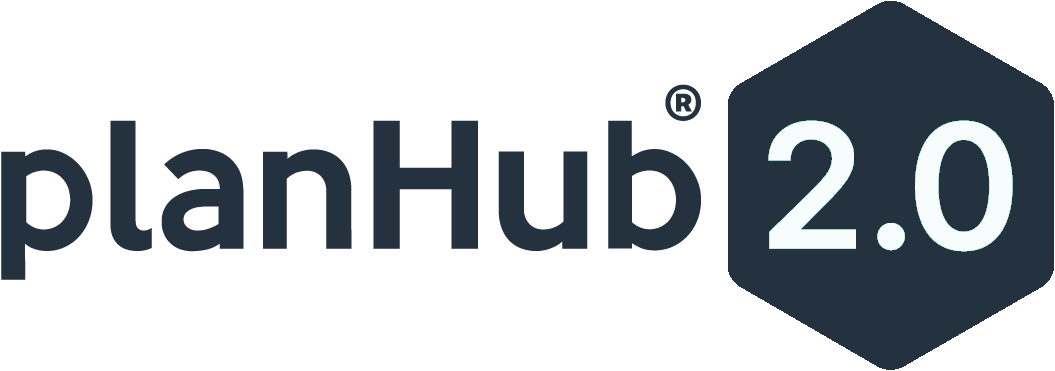- PlanHub
Bidding on flooring work begins with selecting the right project to bid on. Subcontractor bidding sites like PlanHub can help you find projects that fit your skills in your geographical area. Once you’ve selected a project to bid on, you’ll review the bid documents, perform a material takeoff, get pricing from your suppliers, estimate labor, add overhead and profit, and create your proposal.
Let’s take a more detailed look at these steps to bid on flooring work.
1. Choose the right project
Before quoting a flooring project, you must know the best projects to bid for your company. Although most flooring projects are similar in scope, there may be existing conditions or new products that you haven’t dealt with before. Know what you’re getting into, whether it’s tiling or carpeting, existing flooring or new, hardwood floor or ceramic tile, etc.
Familiarize yourself with your flooring materials if you haven’t already. Generally, make sure you have the experience needed to bid on the project before you spend time putting together an estimate. Bid lead sites like PlanHub can help you find more flooring contractor jobs that fit both your skills and location.
2. Review bid documents or make a site visit
For new construction, you will most likely be responding to an invitation to bid (ITB), a request for qualifications (RFQ), or a request for proposals (RFP). All of these will include plans and specifications that describe and show the scope of work to be performed. The specifications provide information on the materials to be used and how the work is to be performed.
Pay special attention to Divisions 01 and 09.
- Division 01 provides information on qualifications, payment terms, bonding, insurance, etc.
- Division 09 provides specific information about the project finishes, including flooring product specifications and application methods.
If the project is a remodel or renovation, you will probably want to make a site visit to preview the working conditions. Installation time can be greatly affected by obstacles and conditions on the job site. You can also confirm surface measurements while at the site.
3. Perform a quantity takeoff
A quantity takeoff or material takeoff is a count of the amount of materials or supplies needed to complete the specified work. It includes things like flooring material, adhesives, etc. To perform a flooring takeoff, you’ll need to calculate the size of the floors. You can do this by reviewing the plans with estimation software, an electronic scale, or a ruler and highlighter. You’ll measure the length of each wall and multiply them to get the square footage you need to cover. When you are finished with the takeoff, you should have a complete list of each material and supply needed to complete the project.
4. Price your materials and supplies
Once you’ve completed your material takeoff and have a list of materials and supplies, it’s time to price them. Check with your suppliers on the price for each flooring material and the supplies needed to install it.
Sometimes the project owner hasn’t made their flooring selections before a project goes out to bid. You may be asked to provide a quote based on an allowance. An allowance is a budget number used as a placeholder until the product is selected. Once a selection is made, the difference between the allowance and the actual cost of the material can be adjusted through a change order.
5. Estimate labor
Next, you’ll use your material takeoff to estimate the amount of labor it will take to perform the project. The most common and accurate way to estimate labor is to use past project data. This involves using cost and labor data from previous projects to estimate how long a potential project will take. If you don’t have past project data to help you determine your labor hours, you can use a labor guide. Guides give you an estimate of how long it will take to paint a specified area.
6. Add overhead and profit
Company overhead includes the expenses that are not directly related to performing project work but that are required to keep your business running. If you don’t know what your overhead percentage is, consult with an accountant. Profit is usually calculated as a percentage of the total cost of the job.
7. Write your proposal
The sales price for the project is calculated by adding up material and supply costs, labor costs, overhead, and profit. It’s best to create a standardized form for all your proposals to ensure you’ve included everything. For more information about what a proposal should include, see our article “What Should a Construction Bid Look Like?”.
8. Review your proposal
Before sending your proposal, it’s always a good idea to have someone review it, math and all. Have them check your material takeoff and all the math used to create the price. Also, be sure to proofread your proposal and check formatting to ensure everything looks the way you want it to.
How to Price a Flooring Job
Pricing a flooring job involves a meticulous process that goes beyond a simple estimate. When preparing job bids in the flooring area, it’s crucial to consider various factors to provide accurate and competitive pricing. Begin by assessing the scope of the project, taking into account the type of flooring material, labor costs, and any additional expenses.
To effectively price a Flooring Job, research prevailing market rates and adjust your quote to reflect both industry standards and the quality of your work. Transparency is key; provide detailed flooring quotes that break down the costs for materials, labor, and any associated services. Anticipate potential challenges and incorporate contingencies into your pricing to ensure a realistic and reliable estimate. Communicate openly with clients, discussing their needs and offering options within the proposed budget.
By mastering the art of how to price a flooring job, you not only enhance your competitiveness in job bids but also build trust with clients, setting the stage for successful collaborations in the flooring industry.
Finding the Right Flooring Job For You
In order to maintain a successful flooring business, you must always be searching for new work. PlanHub, a construction bidding website, helps you find new construction projects in your service area quickly and easily. Once you’ve found a job that fits your skills, use the steps above to write a winning proposal.
If you’re a flooring subcontractor and you want to see how PlanHub can help you expand your business, contact us today.
Crafting successful bids for flooring work requires a strategic approach that goes beyond mere numbers. As a dedicated flooring contractor, your expertise in how to bid flooring jobs and collaborate with flooring subcontractors sets you apart in the competitive market. The key to winning flooring bids lies in a comprehensive understanding of the project’s scope, meticulous cost breakdowns, and transparent communication with clients.
By consistently refining your approach to floor bidding, you position yourself as a reliable partner for those seeking quality flooring solutions. Your proficiency in bidding on flooring jobs not only showcases technical skills but also highlights your commitment to delivering exceptional results.
As you navigate the intricacies of flooring bids, remember that your bid is not just a proposal; it’s a testament to your dedication to excellence in flooring work. This approach not only ensures the success of individual projects but also establishes your reputation as a go-to expert in the field of flooring.




